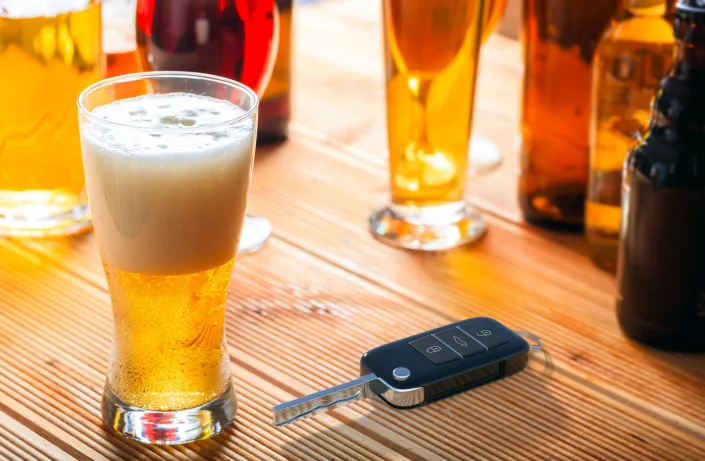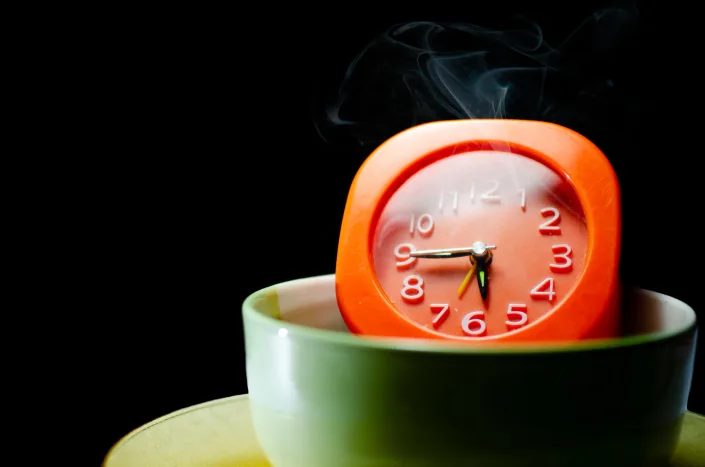
Armando Perez and his 81-year-old mother survived Hurricane Maria, which hit Puerto Rico in 2017. Five years later, they’ve just witnessed Hurricane Fiona, a decidedly less intense storm that disrupted their lives nonetheless.
Perez’s mother, Carmen, has advanced Parkinson’s disease and dementia and has been bedridden since June. The two live together in the town of Dorado. Perez bathed, fed and changed diapers for his mother.
But they have been without electricity or clean public water since Fiona struck the island five days ago. Triple-digit temperatures baked the concrete walls of their home, turning Carmen’s room into “a fire pit” in the afternoon.
“Even though the storm wasn’t that bad, when the power went out and there was no water, it just made it super difficult,” Perez told CBS News on Friday.
Perez said the feeling was remarkably similar to life after Maria.
“It’s hell. Maria is the closest thing to the end of the world,” he said. “It looks like a nuclear bomb went through there…. I’ve never seen anything like this in my life.”
Climate change and Puerto Rico’s efforts to keep pace with recovery efforts have experts and residents alike worried about future storms.
Hurricanes are becoming more frequent
When Hurricane Maria slammed into Puerto Rico in 2017 as a Category 4 storm, it powered off the entire island, killed nearly 3,000 people, and was named one of the deadliest natural disasters in U.S. history. Almost exactly five years later, Fiona has the island in trouble again.
Hurricanes and storms are becoming more intense and frequent as the planet warms, experts say.
University of Florida geography professor David Killings studied the aftermath of Hurricane Maria. He found that the hurricane was “significantly more extreme, if not the most extreme,” in terms of rainfall, he said, “significantly higher than anything that has happened since 1956.”
When his research was published in 2019, he found that a Maria-like storm was about “five times more likely” due to climate change. In 2022, Killings said, that possibility could be even greater.
Since 1880, Earth’s temperature has increased by 0.14 degrees Fahrenheit every decade, according to the National Oceanic and Atmospheric Administration. Killings explained that as temperatures rise, so does the atmosphere’s ability to hold water. This moisture is basically a fuel tank, ready to be used by the storm as it forms.
“Puerto Rico has been hit by a lot of storms, but if we look at the data, things like Maria and Fiona seem to be more and more likely,” Killings said.
“You’re going to get more and more frequency of these types of storms.”
Carlos Ramos-Scharrón, a professor at the University of Texas at Austin from Puerto Rico, said “every decade there are big storms.” His research also found that with Maria’s record-breaking rainfall, the probability of storms increased.
“You’re going to have more really high, extreme cyclones, like magnitude 4, 5 and above, and then they have the potential to become more extreme than they were in the past,” he told CBS News. “You will be exposed to the most extreme events”.
Even weak storms can have devastating effects
A hurricane doesn’t necessarily have to be a Category 1 storm to cause damage, the two researchers warned. why? Because, as Killings explained, after a major storm, it takes “years” to get back to normal.
Maria and Fiona are prime examples. In the five years between the two storms, Puerto Rico had a slow recovery. It has been hampered by the recession, the resignation of the Governor and the coronavirus pandemic.
After Maria, the island invested $20 billion to modernize its electrical grid and worked to improve its infrastructure, rebuild its homes and try to stabilize. But it was still a work in progress when Fiona struck. The power grid was disrupted again this week, and the island’s agriculture and infrastructure, while improving since Maria, are now suffering again.
For example, the island’s flood maps for urban and strategic planning are still based on data from before the 1990s, Ramos-Sharon said.
A metal bridge installed a year after Maria was swept away by floodwaters in Utuado this week. CBS News’ David Begnaud reports that the bridge is temporary until 2024 when a more permanent structure can be built.
Ramos-Sharon told CBS News that the bridge, like much of the rest of the island’s infrastructure, is a Band-Aid to a bigger problem.
“Temporary things tend to stick around forever in Puerto Rico,” Ramos-Sharon said, adding that better standards are needed for short-term fixes that need to be replaced sooner later.
Plus, more than 3,000 homes on the island were still covered in Maria’s blue tarp when Fiona attacked.
“It’s not just about the weather, it’s the disturbances in the system by all the other things that never balance out,” Ramos-Sharon said.
These issues affect everyone on the island — but older people like Perez’s mother feel it the most.
Perez has yet to hear when the power will be restored, and his bottled water will only last for a few more days.
If Puerto Rico were to be hit by another hurricane, no matter the scale, he wasn’t sure how he and his mother would fare.
“We’re going to be hit by a huge storm,” Perey said. “If we can’t manage Fiona as level 1, what are we going to do with level 5? It’s not catastrophic. It’s sad and chaotic. What’s going to happen is super catastrophic because they haven’t learned their lessons .”
Perez said he is now “just surviving every day” — and hopes to have time to recover before the next big storm.



